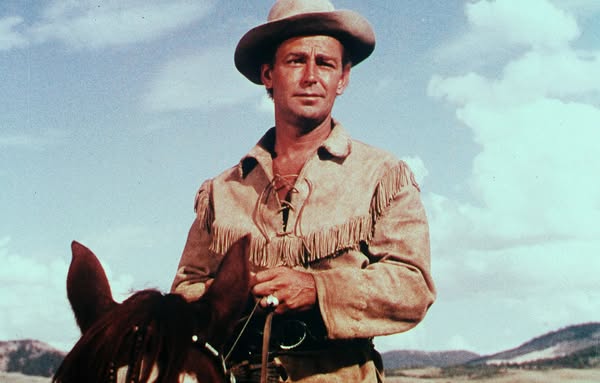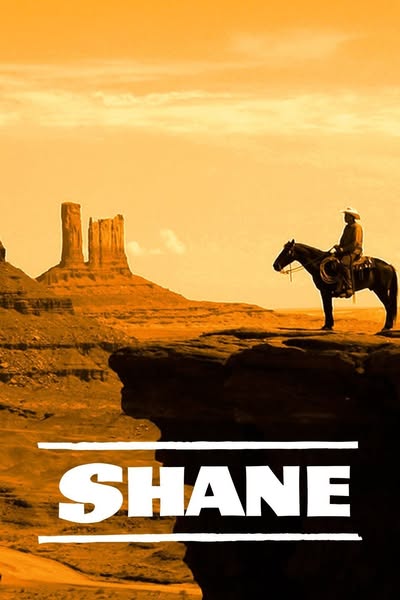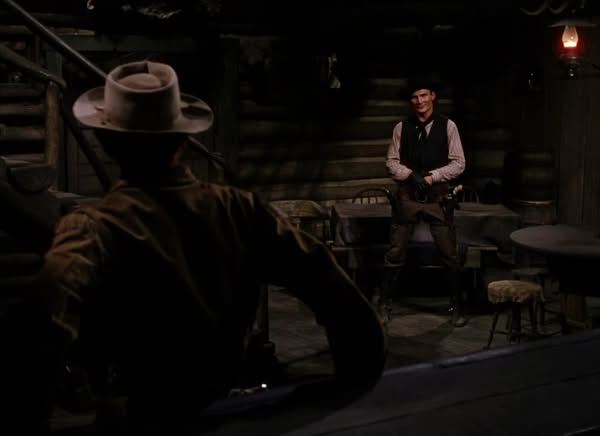Shane (1953)

“Shane,” directed by George Stevens and released in 1953, is a classic American Western that has become a defining film of the genre. Starring Alan Ladd as the titular character, the film tells the story of a weary gunfighter who seeks redemption and a peaceful life while grappling with his violent past.
Set in the Wyoming frontier during the late 19th century, the film follows Shane as he arrives in a small farming community struggling against the encroachment of cattle ranchers. He befriends a homesteader family, particularly young Joey (Brandon deWilde), who idolizes him. The film explores themes of heroism, sacrifice, and the conflict between civilization and the lawlessness of the frontier.

As tensions rise between the homesteaders and the cattlemen, led by the ruthless Rufus Ryker (Emile Meyer), Shane is drawn back into violence to protect the community he has come to care for. The film artfully balances moments of quiet reflection with intense action sequences, showcasing Shane’s internal struggle between his desire for peace and the necessity of violence to achieve it.

George Stevens’s direction is notable for its stunning cinematography, capturing the grandeur of the American West. The film features breathtaking landscapes, which serve as a backdrop to the personal battles of the characters. The performances, especially by Ladd, are poignant, conveying the complexities of a man torn between his past and his desire for a better future.
“Shane” is celebrated for its iconic scenes, memorable dialogue, and its exploration of the Western mythos. The film’s ending, which leaves Shane’s fate ambiguous, has sparked much discussion and analysis over the years, highlighting the film’s deeper themes of heroism and sacrifice.

In conclusion, “Shane” is a timeless Western that combines rich character development with stunning visuals and powerful storytelling. Its exploration of morality, duty, and the price of heroism has solidified its place as one of the greatest films in American cinema.











